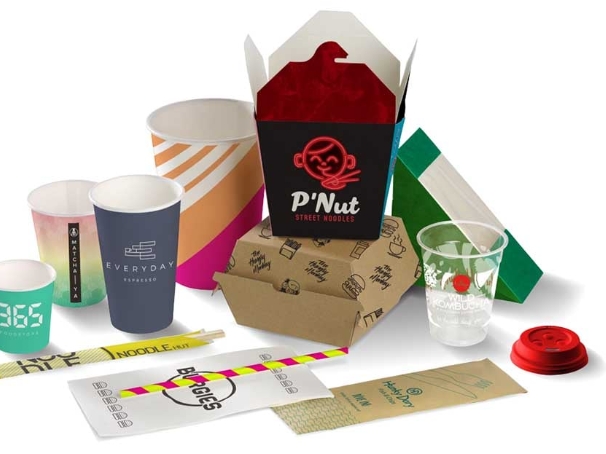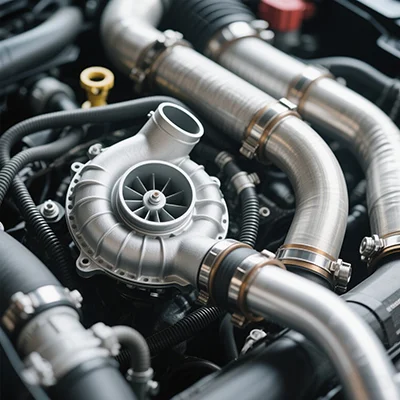Mastering the Art of Printing on Plastic Paper: A Comprehensive Guide

Printing on plastic paper, also known as synthetic paper, is a task that requires a certain level of expertise and precision. Unlike traditional paper, plastic paper presents unique challenges due to its non-porous nature and smooth surface. However, with the right knowledge and tools, you can achieve high-quality prints on plastic paper. This article will guide you through the process, providing practical tips and professional insights to help you master the art of printing on plastic paper.
Understanding Plastic Paper
Before diving into the printing process, it's crucial to understand the nature of plastic paper. Made from synthetic materials like polypropylene or polyester, plastic paper is tear-resistant, waterproof, and durable, making it ideal for outdoor signs, menus, maps, and other applications where durability is key. However, its slick, non-absorbent surface can make printing a challenge.
Choosing the Right Printer
Not all printers are suitable for printing on plastic paper. Inkjet printers, for instance, use water-based inks that can easily bead up or smear on the non-absorbent surface of plastic paper. Laser printers, on the other hand, use heat to fuse toner onto the paper, making them a better choice for printing on plastic. However, not all laser printers can handle the heat-resistant nature of plastic paper, so it's essential to check your printer's specifications before proceeding.
Selecting the Appropriate Ink
When printing on plastic paper, the choice of ink is critical. Solvent-based inks, UV-curable inks, and latex inks are all suitable choices as they can adhere well to the plastic surface. Among these, UV-curable inks are particularly popular due to their quick-drying nature and resistance to fading.
Preparing the Plastic Paper
Before printing, it's important to prepare the plastic paper to ensure optimal ink adhesion. This can involve processes like corona treatment, which increases the surface energy of the plastic to improve ink adhesion, or using a primer or pre-coat designed for plastic substrates.
Printing and Finishing
Once the plastic paper is prepared, you can proceed with printing. It's important to monitor the printing process closely to ensure the ink is adhering properly and the print quality is up to standard. After printing, the plastic paper may require a post-cure process to ensure the ink is fully set and resistant to smudging or scratching.
Conclusion
Printing on plastic paper may seem daunting, but with the right knowledge and tools, it's a task that can be mastered. By understanding the nature of plastic paper, choosing the right printer and ink, and properly preparing the paper, you can achieve high-quality prints that are durable and resistant to the elements.
